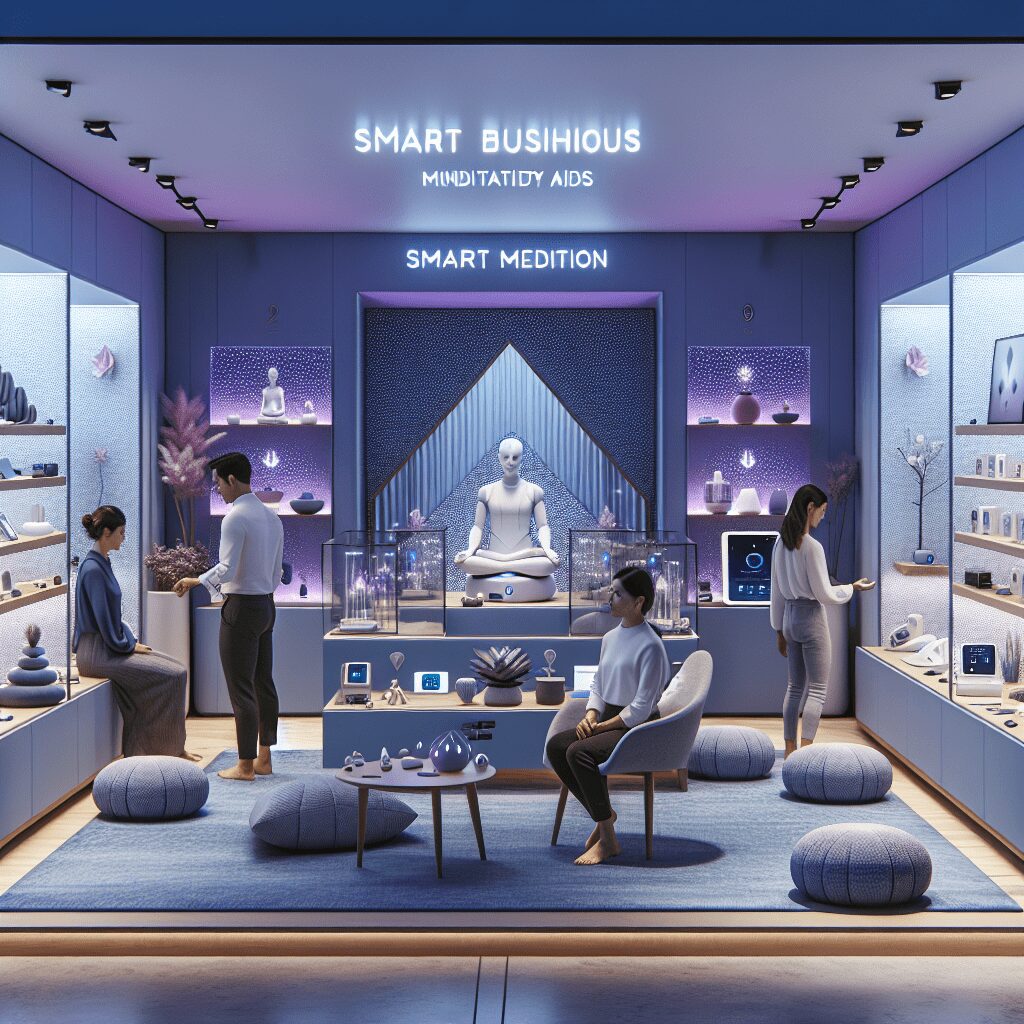
Prioritize your mental well-being daily. Enhance your life by nurturing your mental health with the Smart Meditation app. Break free from stress, alleviate anxiety, and enhance your sleep quality starting today.
How Slime Can Reduce Stress In The Classroom?
Discover the Squishy Stress-Buster: Slime in the Classroom
Ah, the humble classroom – a battleground of mental gymnastics, where young minds are both sharpened and, let’s face it, occasionally frazzled. Amidst the fervor of learning and the hustle of deadlines, there’s a squishy, stretchy, often sparkly ally inching its way into the hearts and desks of students and educators alike. Yes, we’re talking about slime, that gooey concoction that’s taken the world by storm. Far from being just a fad, this tactile treasure might just be the key to squeezing out stress and enhancing the learning experience. But how, you ask? Let’s dive into the gooey details.
The Science Behind Slime and Stress Relief
First off, it’s vital to get down to the nitty-gritty of why slime might just be the unsung hero of stress reduction in the classroom. When students knead, stretch, or squish slime, they’re engaging in a hands-on activity that can significantly divert their attention away from stressors. This tactile engagement can induce a state of mindfulness, anchoring students in the here and now, and momentarily distancing them from the whirlwind of academic pressures.
A Colorful Array of Benefits
- Fosters Focus: By giving students a physical outlet for their energy, slime can help center their attention on tasks at hand, whether that’s listening to a lecture or tackling classwork.
- Encourages Sensory Play: For the kinesthetic learners out there, hands-on interaction with slime can aid in cementing new concepts, turning abstract ideas into tangible experiences.
- Reduces Anxiety: The repetitive motion of playing with slime can be incredibly soothing, acting as a physical mantra that calms the mind and eases anxiety.
- Boosts Mood: Slime isn’t just about squishing; it’s also about creativity. The act of making and customizing slime can be a joyful, uplifting experience that brightens the classroom atmosphere.
Think of it as a loop – as stress levels go down, attentiveness goes up, creating a more conducive learning environment where students can truly thrive.
Unleashing Slime in the Classroom: A Guideline for Educators
Now, before you start picturing a classroom descending into gooey chaos, hear us out. Integrating slime into the educational setting doesn’t mean a free-for-all slime fest every day. Like any good teaching tool, it’s all about strategic deployment.
- Scheduled Slime Time: Designate specific times for a slime break, perhaps after a particularly intense lesson or during those after-lunch lulls when energy dips.
- Slime as a Reward: Use slime play as an incentive for meeting class objectives or behaving exemplarily, turning it into a coveted prize that spurs motivation.
- Educational Tie-Ins: Don’t just play with slime; delve into the science behind it. Incorporate lessons on polymers, viscosity, and chemical reactions, transforming slime time into a gooey, educational goldmine.
Hold up, though – it’s crucial to lay down ground rules. Ensure students understand that slime is a privilege, not a right, and that misuse or distraction will sadly result in slime time coming to an end.
There you have it, folks – a peek into how a simple concoction of glue, borax, and a dash of imagination can transform the classroom experience. By tapping into the stress-busting, focus-enhancing, joy-spreading potential of slime, educators can not only make learning more engaging but also help students navigate the rollercoaster of classroom emotions. So, why not give it a try? After all, a little slime might just be what the doctor ordered for a happier, healthier classroom vibe.





